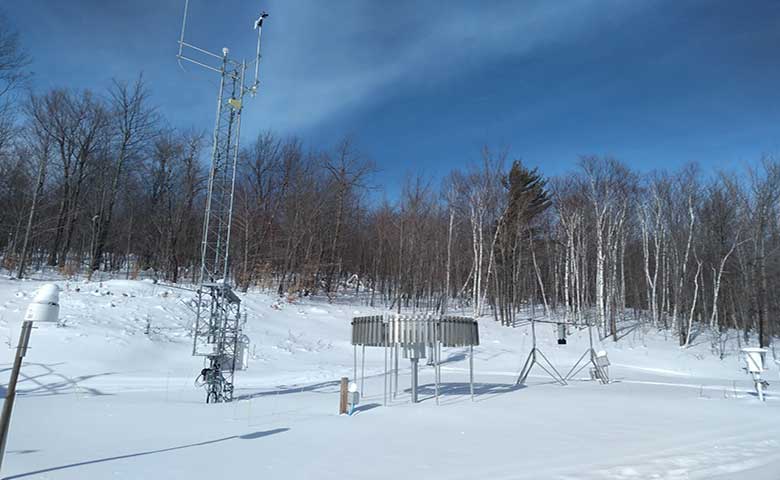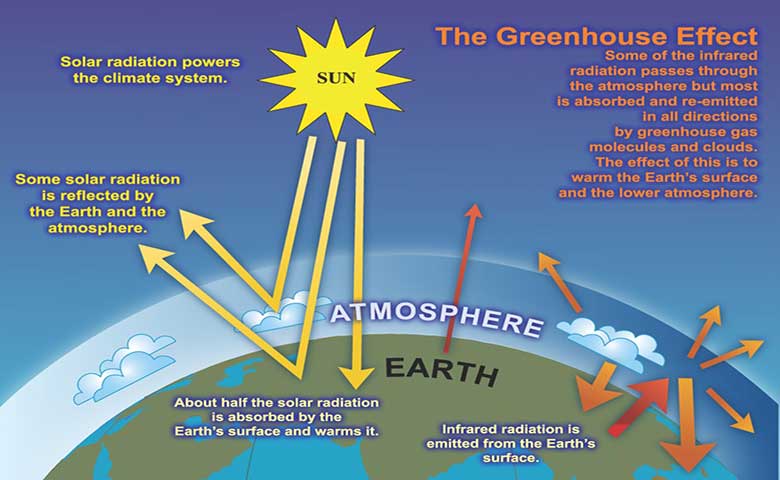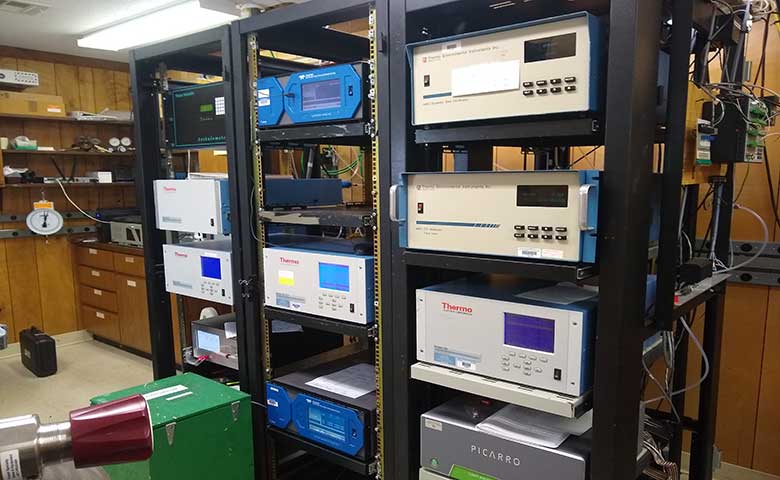
Mountain Weather & Climate
Mountains shape the weather and climate around them in profound and fascinating ways, affecting regional
temperatures, wind, precipitation, and more. By monitoring and understanding mountain weather we can better
predict natural hazards, manage natural resources, conserve unique ecosystems, adapt to climate change, and
enjoy mountain recreation.

Atmospheric Aerosols
The study of atmospheric aerosols encompasses almost all areas of atmospheric science, from visibility and
visual range, to cloud and precipitation formation, to solar heating of the climate system, as well as
atmospheric chemistry and human health effects.

Clouds & Precipitation
Clouds and precipitation are a central part of Earth's water and energy balance, influencing the
availability of fresh water over land and the fraction of solar radiation reflected back to space.
Clouds and precipitation also play a key role in cleansing the atmosphere, as well as chemical
transformations of gases and aerosols. Thus clouds and precipitation are important for understanding
weather, air quality, climate, visibility and ecosystem health.

Greenhouse Gases
Greenhouse gases play a critical role in Earth's climatic system by trapping heat radiating off the planet.
Measurements at Whiteface Mountain are helping to monitor progress in reducing gases such as CO2 and
CH4and identify potential sources.

Reactive Trace Gases
Earth's atmosphere is primarily composed of nitrogen, oxygen, a variable amount of water vapor and a bit of
argon. The remaining one tenth of one percent includes a wide range of stable and reactive trace gases that
affect the health of ecosystems, human health, atmospheric, precipitation, and water cycle chemistry,
chemical weathering processes and climate.






